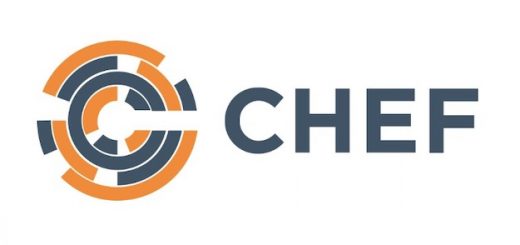As more than 70% of healthcare providers now give patients the option to use telemedicine tools and get services online, medicine is changing.
In the world of medical billing and coding jobs, everyone on your team needs to stay up to date.
Technology is changing rapidly and the way that we do business in medicine is changing as well.
Here are the four biggest user design challenges for the future of medical billing and coding.

1. Going Mobile
When you want to ensure you get where the patients are, it’s vital to be on top of the latest changes to how people use online resources. As mobile internet browsing has definitively surpassed desktop and laptop browsing, the gap is only going to widen. People are relying on their smartphones and tablets to stay productive and healthy all year round.
When someone needs to find out about a service or a necessity, their first instinct is now to pull out their phone and learn about it. If your site isn’t written to give the full amount of services to visitors on desktop and mobile, you’re going to rob a lot of users of the services they need. You’re also going to lose out to competitors who’ve written their tools to give mobile access to customers.
If you’re creating an app, you need your team to know how to build for every kind of device out there. Giving billing information to customers via an app is a great way to ensure that patients pay their bills on time without any hurdles to convenience. If you’re going to have a mobile app, it should include a full range of services.
When you build an app that includes billing, you need to train your billing department on how to use it. If the whole team isn’t properly trained to use your system, there could be some real billing problems that drive down the faith users have in your tools.
2. Staying HIPAA Compliant
Security is everything when you’re in the world of creating, saving, and sending information about your app users. In the world of medicine, it’s especially sensitive and volatile. People’s personal medical records hold information that they might not want their friends, family, or co-workers to know about.
The latest in HIPAA regulations require anyone writing an application to set their security standards high. While it’s against the law to even talk about patients within earshot of one another in an office, it’s much more treacherous to let patient data get loose. One of the things about data breaches is that it’s rare that data is released for just one patient.
Usually, when you’re faced with a data breach, you’re dealing with a major hole in your system. You’re legally bound to protect the database where you store patient records, billing information, or even the names of patients who you work with. Beyond your legal requirements, it’s a vital ethical issue to ensure that the information you’re given is properly stored and managed.
Medical billing and coding certification requirements are changing and you need to stay up to date to ensure you protect everyone.
If information about your patients is released, even by accident, your company will face fines and even lose your license to operate. Your billing and coding staff needs to keep this in mind when building new technology.
3. Access Without Inundating
When people use a site or an application to get the care that they need, they require a lot of options. They might need to see the breakdown of a bill and the definition of each line item. They might want to see their own medical history or their insurance information.
You need to give them as much information as you possibly can upon request. However, all of this data could become too much to fit onto a screen very quickly. If you’re not careful, you’ll end up with a tool trying to do everything at once, surely a losing prospect for any project.
Your coding and billing team need to know as much information as possible. If they don’t need to be able to pay their bill with your site or your application, then they should be redirected to someplace where they can. If you decide to jettison the ability to chat with a staff member, they need to at least get redirected to where they can call the office.
Access is vital when you’re building an application for patients to rely on. However, too much data will slow your application down and cause you a headache. You need to work to give your customers a good balance fo access without overwhelming them.
4. Make Telemedicine Smooth
As telemedicine becomes the method du jour of expanding access to healthcare for people across the planet, your team needs to know how to write tools for that. Patients from general practices to psychiatry all have needs that relate to telemedicine. The costs of healthcare are skyrocketing. If you can find ways to extend services while keeping costs down, you need to seize that.
When people get major surgery done, they often require to follow up visits to check on how they’re doing. This can clog up office schedules and send patients to offices for no reason. Telemedicine makes doctors’ lives easier by allowing quick and stress-free follow-ups after serious issues or major surgeries.
If you build a tool that allows for telemedicine, these office visits happen online, quickly and stress-free.
Medical Billing and Coding Jobs are Changing
Medical billing and coding jobs require the people working in medicine to change the way they do business. It’s vital to be on top of all the major technological changes coming down the pipeline. When you stay in front of all the changes and remain flexible, you ensure that you give everyone the tools they need to get the care they deserve.
For more about the future of technology in business, check out our latest guide for more info.




